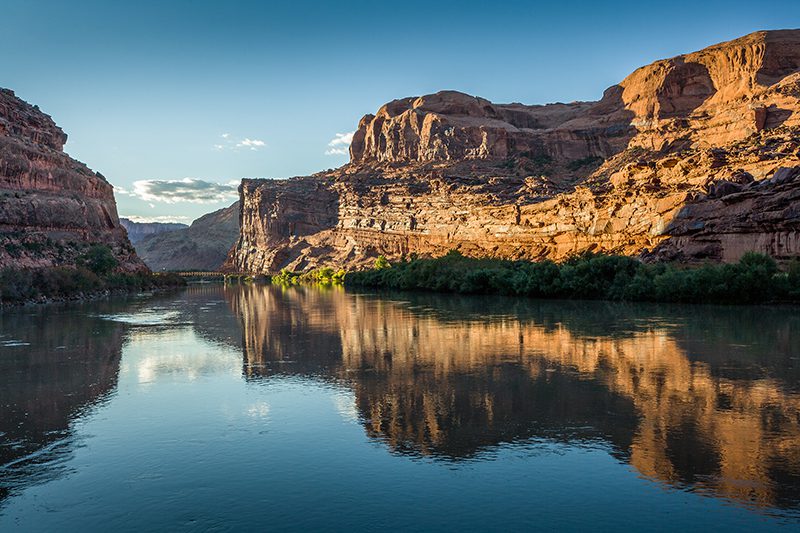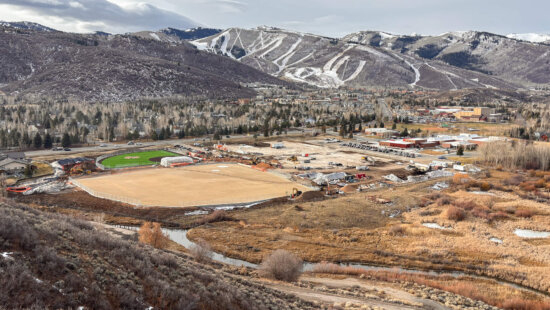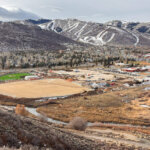News
Colorado River Authority of Utah holds first meeting amid historic drought

The La Sal Mountain Loop on the Colorado River. Photo: Utah Department of Water Resources
SALT LAKE CITY, Utah — The Colorado River Authority of Utah held its first-ever meeting last week.
During the 2021 legislative session, Utah lawmakers created the new entity to help manage water statewide.
The agency’s “mission is to protect, preserve, conserve, and develop Utah’s Colorado River system interests.”
The board is made up of six men, all with water experience across the state.
The Colorado River provides water to more than 40 million Americans in seven different states, along with Mexico.
According to the state, 27% of water used in Utah comes from the river. 60% of Utahns benefit from the river.
The flow of the Colorado River is operated under a vast series of laws and regulations known widely as “the Law of the River.” The most important statute is the Colorado River Compact, which was signed nearly a century ago in 1922. We now know because of various tree ring studies that the estimates used to craft the compact were far too optimistic. The early 20th century saw some of the wettest years since the 1400s.
Utah’s compact allocation is 1.725 million acre-feet. That is 23% of the 7.5 million acre-feet of water that is appropriated to the Upper-Basin states (Colorado, Utah, Wyoming, and New Mexico). An acre-foot of water is 326,000 gallons. It’s enough water to cover an acre of land (roughly the size of a football field) one foot deep.
The legal right to use more than every gallon of the river is claimed by someone. Theoretical rights are known to lawyers as “paper water.” The drought in the western U.S. has contributed to a large disparity between these rights and the actual flow of the river. Since the early 1900s, water demand in the Colorado River basin has increased while water supply has decreased.
Utah, incorporating climate change into its forecasts, has calculated that it has about 1.4 million acre-feet of “reliable” supply. The state currently uses roughly one million acre-feet per year.
At this time last year, just one percent of the state was considered to be in “exceptional” drought, the highest drought classification according to the US drought monitor. Today, that number is up to almost 70 percent, with the remaining 30 percent of the state in “extreme” drought, the second-highest classification.
Utah’s population is projected to double by 2065. The state plans to use 5% of its allocation for the Lake Powell Pipeline. The project was approved by the state legislature and complies with the Law of the River. The plan is to funnel water from Lake Powell, despite its lagging levels, to Washington County in southwest Utah.
The agency has laid out five pillars that it is basing its vision on:
- Leverage science, engineering, and measurement and monitoring of diversions and streams to facilitate improved management of Utah’s water usage
- Enhance and develop tools to assist long-term understanding of what water is available to develop
- Provide leadership and recommendations on how to use Utah’s share more efficiently. Develop management best practices based on data and supply variability
- Strengthen relationships among the Upper Basin states to find united technical and legal strategies and negotiate productively for the future
- Enter all negotiations of the seven Colorado River Basin states from a best-for-everyone approach while maintaining a strong needs-based voice for Utah’s future




















